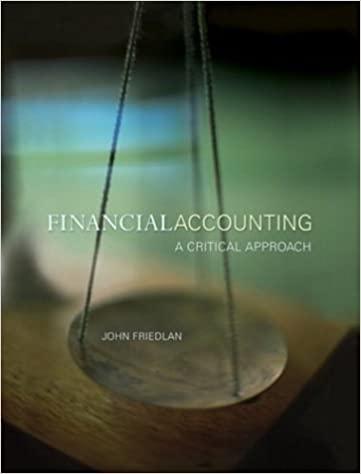2. The following individual would likely be considered a return preparer for purposes of imposing penalties:
| | Henry Ostrich is paid a salary for working in the IT department of a tax firm and overseeing the proper functioning of the firm's tax return program. |
| | Hester Prim prepares her aged aunt's return each year as a gift. |
| | Hilary Sanchez works for H.H. Bluch, a tax firm, and is paid a salary for preparing taxpayer returns. |
4. PRC Co.'s bank statement would most likely not agree with its checkbook balance because:
| | PRC Co. deducted the flat monthly bank fee of $25 from its checking account balance on September 30. |
| | PRC Co. made a deposit of $5,000 on September 29 that was credited to the bank account by the statement date. |
| | PRC Co. wrote a check on September 30 for $500 that had cleared the bank account by the statement date. |
| | PRC Co. wrote a check to the Gas Co for $150 on September 30 that had not cleared the bank account by the statement date. |
8. The goal of the alternative minimum tax scheme is:
| | to find a way to tax individuals with significant economic income who do not pay their fair share of regular income taxes because they take advantage of lawful provisions of the tax code that provide tax incentives and preferences such as accelerated depreciation deductions. |
| | to find a way to tax low-income taxpayers who evade the imposition of taxes through tax preferences such as the Earned Income Credit. |
| | to find a way to tax individuals with significant economic income who do pay their fair share of regular income taxes because they cannot take advantage of lawful provisions of the tax code that provide tax incentives and preferences, such as accelerated depreciation deductions. |
| | to find a way to tax individuals with significant economic income who do not pay their fair share of regular taxes because they evade taxes by taking advantage of unlawful tax shelters. |
9. Which result is true about a timing difference for AMT purposes?
| | The taxpayer will have a larger adjusted tax basis in a depreciable asset for regular tax purposes rather than for AMT purposes in the early years the asset is placed in service. |
| | An adjustment for AMT depreciation will result in a subtraction from regular taxable income in the early years an asset is placed in service. |
| | The taxpayer will likely have a gain on the sale of depreciable property for AMT purposes in early years and a loss for regular tax purposes. |
| | The taxpayer will likely have a larger adjusted tax basis in a depreciable asset for AMT purposes than for regular tax purposes in the early years the asset is placed in service. |






